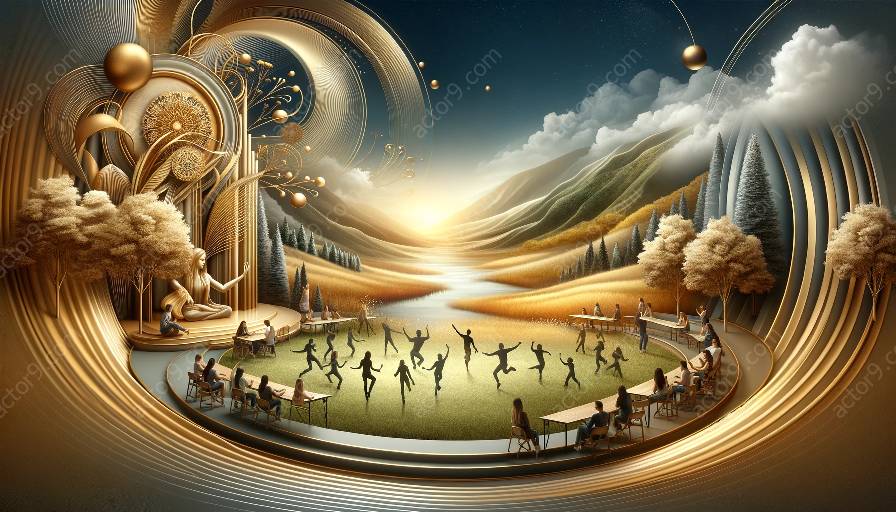Physical theatre has become an integral part of understanding historical performance traditions and continues to play a significant role in education and contemporary performance art. By exploring the interplay between physical theatre, historical performance traditions, and its impact on education, we can gain valuable insights into the evolution of performance practices across different cultures and eras.
Understanding Historical Performance Traditions through Physical Theatre
Physical theatre serves as a bridge between the past and present by embodying the performance styles, techniques, and aesthetics that have shaped historical traditions. Through physicality, movement, and expression, practitioners of physical theatre can delve into the cultural, social, and political contexts that influenced performance practices in various historical periods.
By studying historical performance traditions through the lens of physical theatre, performers and audiences gain a deeper appreciation for the artistic and historical significance of these traditions. Physical theatre allows for the embodiment of characters, narratives, and rituals that were central to historical performances, offering a visceral and immersive understanding of the past.
The Role of Physical Theatre in Education
Physical theatre holds immense value as an educational tool, providing students with a dynamic and embodied approach to learning about historical performance traditions. By engaging in physical exercises, movement exploration, and improvisational techniques, students can actively experience and internalize the principles of historical performance practices.
Through physical theatre, students can connect with historical narratives, mythologies, and cultural practices in a way that transcends traditional academic approaches. The experiential nature of physical theatre fosters a deeper understanding of historical contexts, allowing students to embody the perspectives, emotions, and physicality of performers from different time periods.
Furthermore, physical theatre enhances students' creative and expressive abilities, encouraging them to explore and reinterpret historical performance traditions from their own perspectives. This fosters a sense of ownership and agency in engaging with the cultural heritage embedded within historical performances.
Physical Theatre and Its Impact on Contemporary Performance Art
In the realm of contemporary performance art, physical theatre serves as a dynamic force that reimagines, reinterprets, and recontextualizes historical performance traditions. Artists and creators incorporate physical theatre techniques to infuse their work with a sense of corporeality, dynamism, and embodied storytelling that echoes the spirit of historical performances.
By integrating elements of physical theatre, contemporary performers pay homage to historical traditions while pushing the boundaries of artistic expression. This fusion of past and present creates a rich tapestry of performance art that reflects the influence of historical performance traditions on modern creative practices.
Conclusion
The symbiotic relationship between physical theatre and historical performance traditions enriches our understanding of the cultural, artistic, and historical legacies that have shaped the performing arts. Through its role in education and its impact on contemporary performance art, physical theatre continues to illuminate the profound connections between the past and the present, fostering a holistic appreciation for the diverse performance traditions that have spanned centuries.




































